The ending to The Matrix Resurrections might seem a bit confusing, but in actuality, hammers home the central story idea/themes present from the very beginning.
I’m not here (entirely) to reiterate my love for Lana Wachowski’s legacy sequel, but…I loved The Matrix Resurrections. It brings together so many of the original themes, and presents them in a fresh way. The result is a film that’s enjoyable on for what it gives audiences on its own, but also in how it re-shapes ideas from the previous three films.
There are a number of instances I can think of highlighting this fact, but none of them come close to the film’s ending. Oh, I suppose I should clarify just in case, but I’ll be diving deeply into Resurrections spoilers. If you haven’t watched the movie yet (shame on you), go check it out and come back…
![]()
What I’ve always enjoyed about The Matrix films, is how they tell an epic story through the lens of something far more personal. At its heart, these films are a love story. While there’s a massive war between man and machines playing out, and bigger ideas presented, all the context comes from the viewpoint of Neo and Trinity’s romance.
Resurrections takes this element even further and puts the focus of the new story on Neo trying to rescue Trinity once more. It’s actually one of my favorite things about the movie. It’s not about the larger war, or the even the headier themes regarding control versus choice. Neo no longer cares for that. He did his job and doesn’t want to fight anymore. He wants the chance to simply “be” with the love of his life.
The end of the film finds Neo and Trinity (who has finally regained her consciousness) racing through the city to escape the ‘horde’ of bots out to recapture them at the behest of the Analyst. On the top of a large building, with no other options, the pair decide to take their chances to either “fly or fall” as Neo puts it at one point in the film.

Throughout the film, it’s made clear that Neo is still recovering his skills from the previous films. He’s a bit rusty, having been reinserted into the Matrix for such a long period of time, and doesn’t possess all the abilities he once had: namely, flying.
Watching Neo and Trinity leap off the roof, there’s a distinct feeling of hope for those of us watching. You just KNOW Neo is going to recover the power of flight in time to save them, giving them that happily ever after ending they deserve. And yet…he begins to flail, falter, and fall.
Thankfully, Trinity is there to save the day.
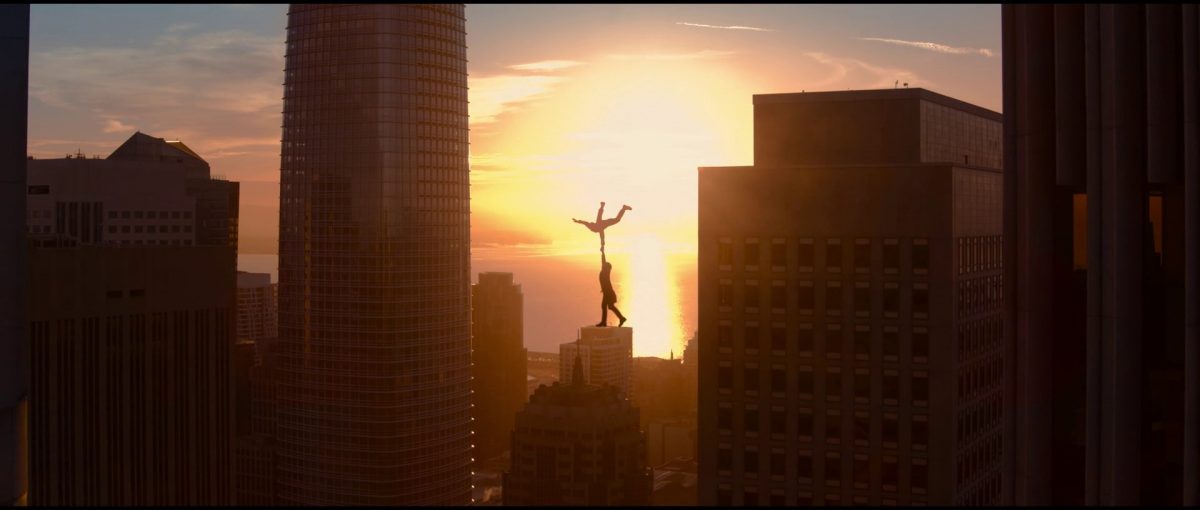
As Neo himself exclaims, “I’m not doing this!” audiences are left to wonder how Trinity is has managed such a feat. Beyond that, however, the film goes further and showcases both Neo and Trinity confronting the Analyst one last time, both of whom are flying about. Trinity, hilariously, uses her newfound abilities to punish the Analyst, showcasing her ability to alter the Matrix with a literal snap of her fingers.
I loved seeing the two of them working together, promising to change the world as they fly off into the sky (a very direct callback to the original film’s ending). That said, I know it seems strange to many viewers. Neo is “the One” after all, so how is Trinity able to replicate these powers now?
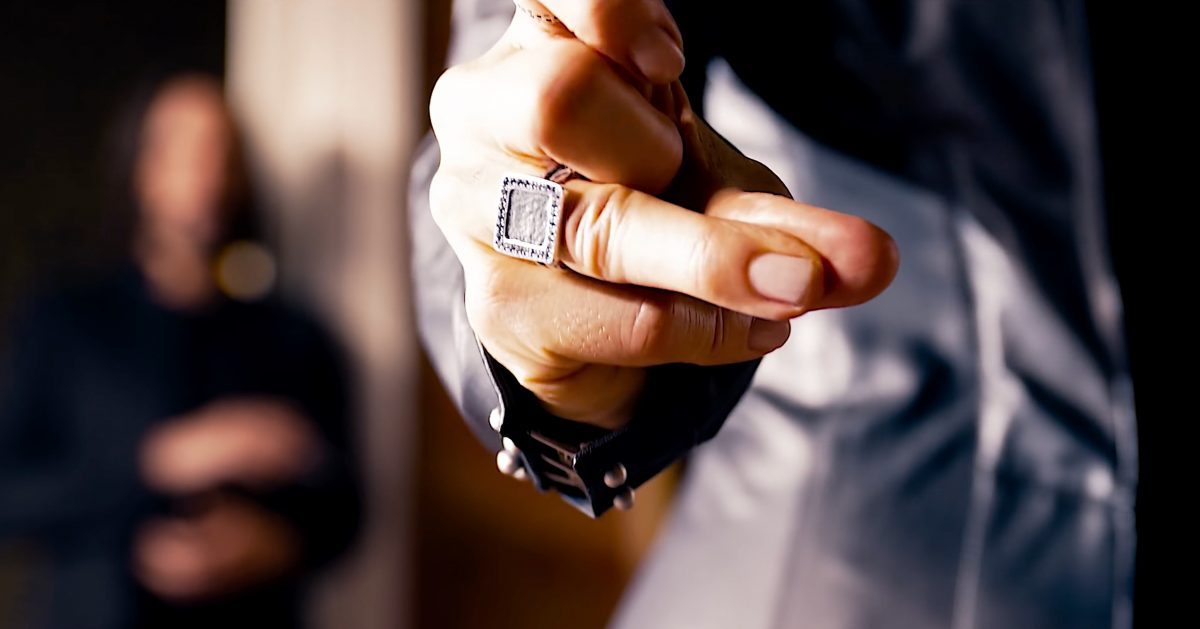
It’s a solid question, and as I pondered it after my first viewing, I came to the realization it’s completely in line with The Matrix story. It even gives some new context to moments from the older films, adding a new layer to the overall franchise (something the best legacy sequels tend to do).
Neo and Trinity are both “the One.”
It’s important to remember that the entire idea/concept of the One was a result of a systemic anomaly; one which was necessary to continue the overall function of the Matrix in general. The Architect explains this at the end of Reloaded (in a long-suffering fashion), but it’s clear that Neo himself is not the first “One” and is in fact, the Sixth.
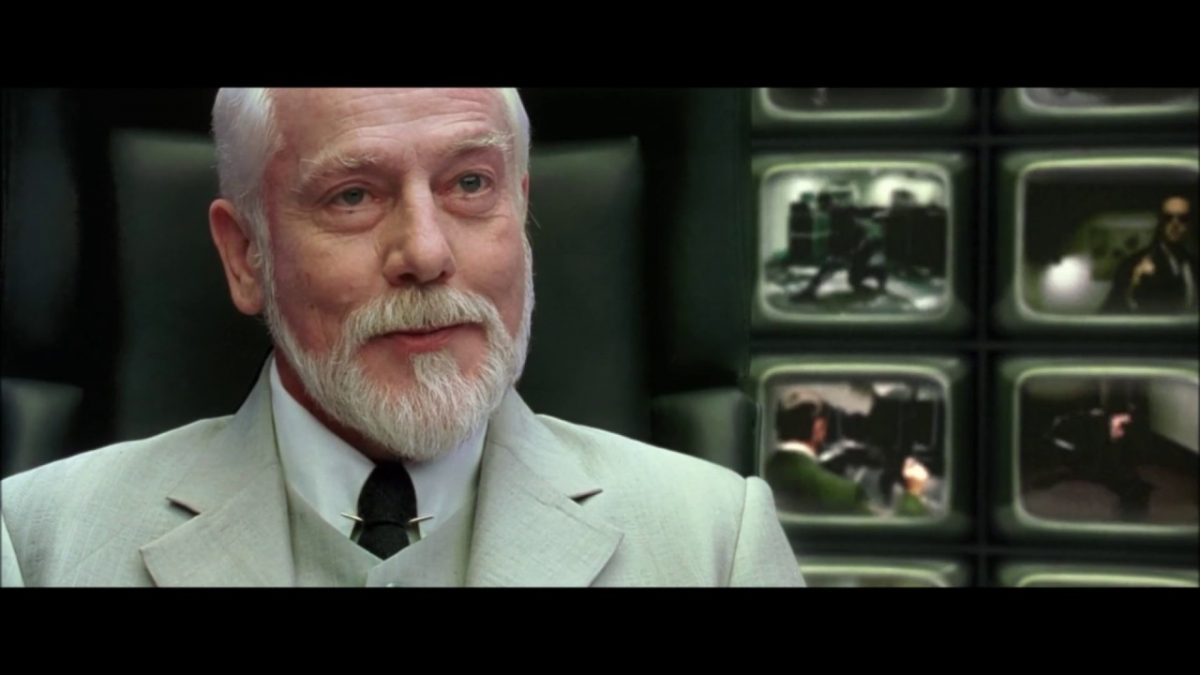
Even with this knowledge, however, it’s clear that Neo himself is different from the others. From offhand comments by the Merovingian about his skills (clearly different from other iterations) and even the Architect talking about his emotional connections. Neo’s version of the One breaks all the molds, and in doing so manages to change the cycle they’ve all been trapped in.
A major reason for that change is directly connected to his relationship with Trinity. Where other anomalies experienced love for the human race in general (helping to drive them to make the decision to restart Zion and the Matrix), Neo’s love was centered on Trinity. His love helped drive the choices he made, ultimately altering the course of the war.
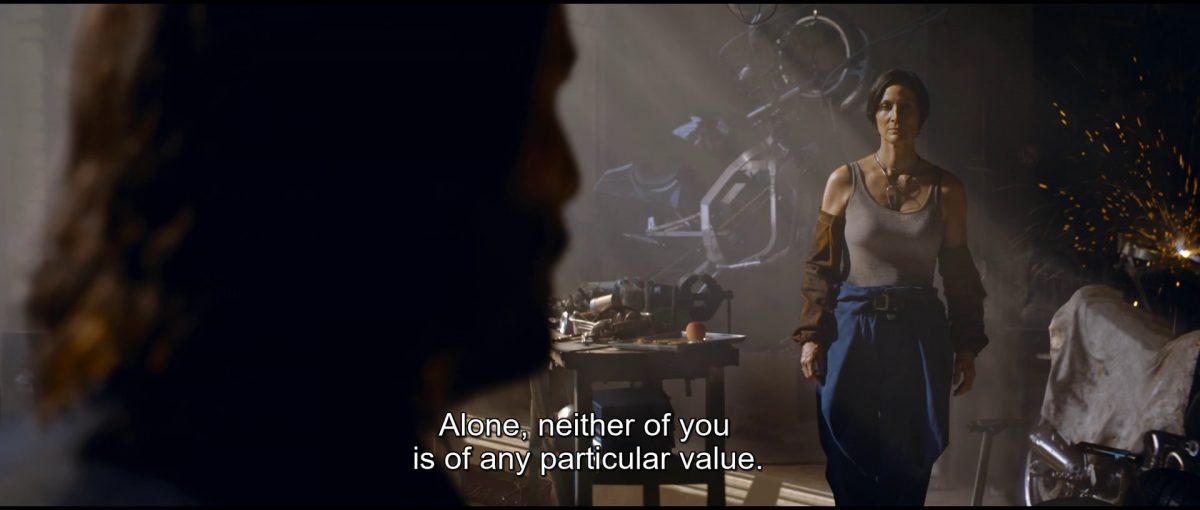
Neo cannot be “the One” without Trinity. She’s as much a crucial part of his ability to control the Matrix as him “freeing his mind.” They are intrinsically tied together, bound beyond fate, to the point where they are unable to function without the other. It’s a dynamic specifically stated in Resurrections, as the Analyst explains even his new version of the Matrix required both of them and their unique connection.
When you look back, however, you can see the seeds of this idea was planted all the way back in the original film. I mean, just look at how the Oracle describes the One to Neo during their first meeting, “I wanna tell you a little secret, being the one is just like being in love. No one needs to tell you you are in love, you just know it, through and through.”
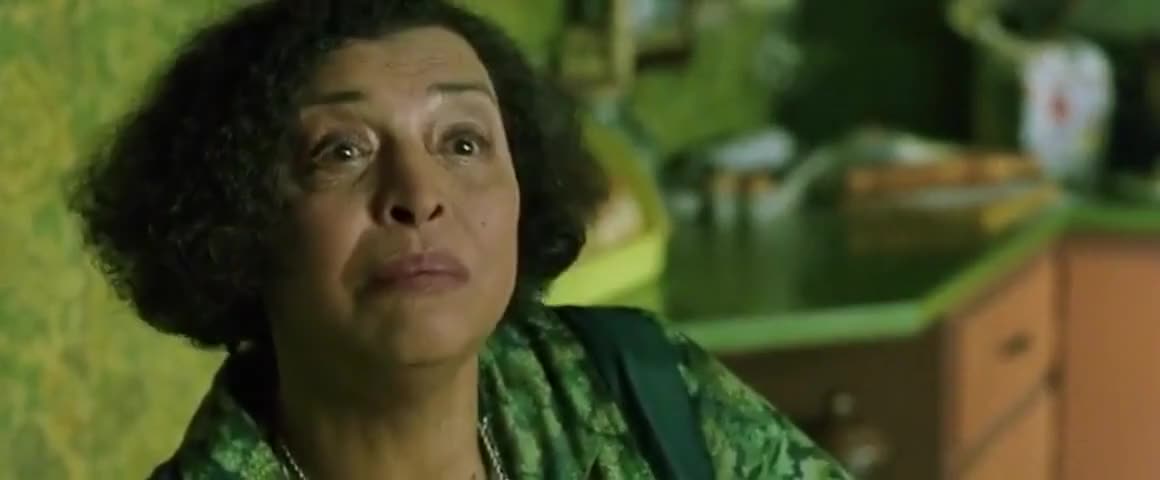
Shortly after, Neo concludes he is not the One despite his potential…and it’s true. It’s not until Trinity expresses his love for Neo, and makes that fated connection, that he’s able to embrace his destiny. Neo dies. He straight up dies in the first movie, and comes back.
While it’s an obvious messianic allusion, the moment also gives us tangible evidence of Trinity’s own ability to tap into these supernatural powers. She brings him back to life in a very literal way, even guiding him afterwards to get up and do what needs to be done. In the second film, Neo returns the favor, which Trinity directly mentions, saying they’re “even now.”
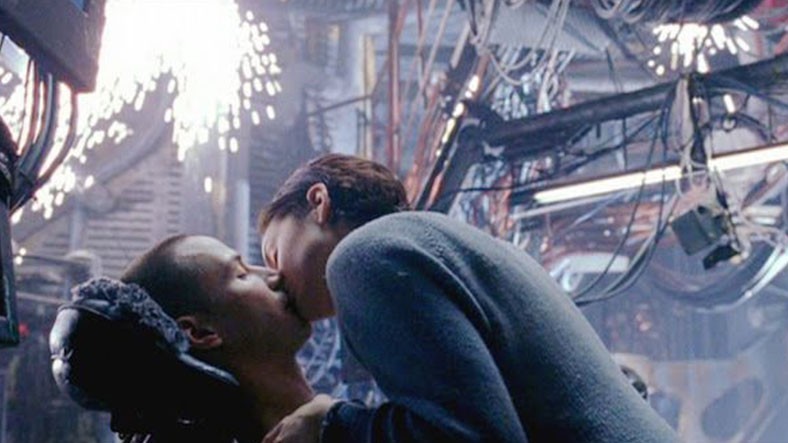
I know what you’re thinking, “but Trinity was in the real world when Neo came back. That can’t be evidence she shares the One’s powers!”
Don’t forget, the Oracle clearly explains, “The power of the One extends beyond this world. It reaches from here all the way back to where it came from.” It’s why Neo was able to fight against the Sentinels, and other machines, in the real world during the events of Revolutions.
The ending to Resurrections is the realization of what’s always been true, Trinity and Neo TOGETHER makes the power of the One possible. Neo couldn’t do the things he did without Trinity and her love. Trinity believed so thoroughly in Neo, even when he himself didn’t, she never noticed her own role in the manifestation of these unique abilities.
![]()
The Matrix Resurrections‘ focus on the love between these two, and how they continually fight for/save each other, offers these moments in the previous films a new frame of reference. Now audiences (and obsessed movie nerds like myself) can look back and see the evidence built into the previous films. In this light, the final moments of the film, make perfect sense, and feels like the most logical conclusion to their love story.
Hell, we can even see now they’ve come to fully realize their connection and shared abilities, they’re more powerful than ever before. The Analyst has no more control over them, and they’re able to do things Neo was never able to do before on his own.
There’s no telling what this might mean for the future (if there is one) but it feels like the perfect ending for Neo and Trinity. It neatly bookends ideas presented over 20 years ago in the first movie, builds off things we saw in the subsequent sequels, and still manages to fit in with what we’ve been told about the “rules” of the overall Matrix lore.

